
On July 25, 2025, before the sun had risen, U.S. helicopters landed in al-Bab, Syria, and special forces raided a house.
This was America’s first ground mission in Syria since President Assad was overthrown in December 2024. The quick operation killed three ISIS terrorists with no American or civilian deaths.
Fewer Troops
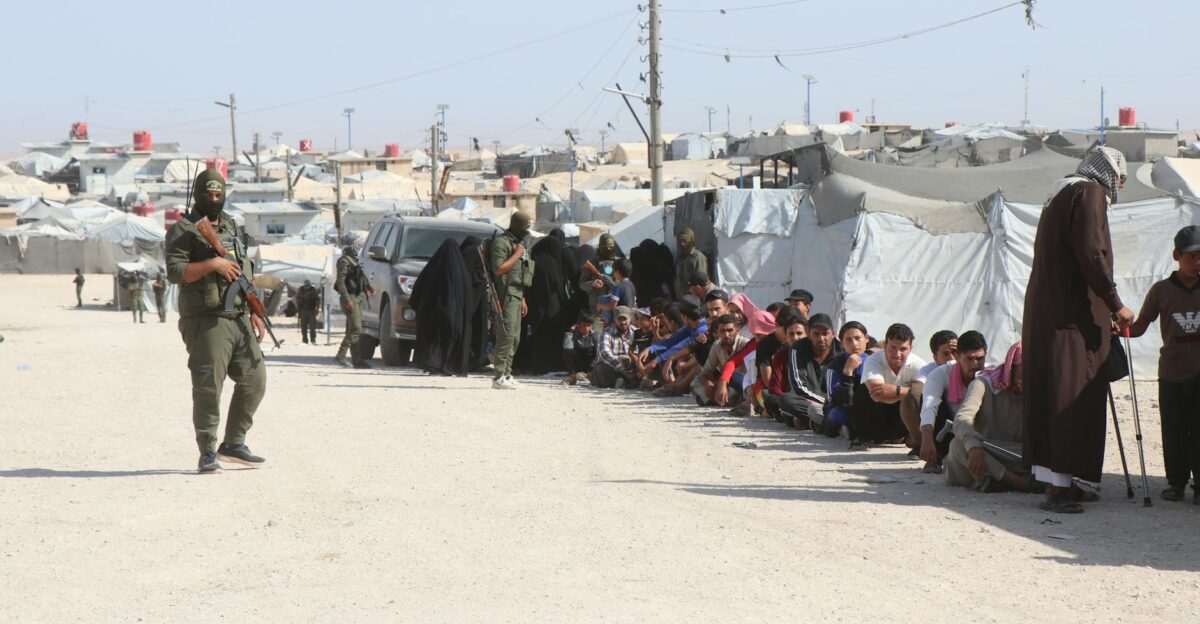
This raid comes while American Syria forces are being reduced down from 2,000 soldiers. Reuters reports that this drawdown has sparked concern among Kurdish allies, who warn that fewer U.S. forces might give ISIS remnants more room to regroup and plot new attacks, a pattern seen after prior American withdrawals.
The Pentagon argues that it’s still committed to fighting ISIS, but critics point out that past troop reductions have led to more terrorist activity in the region.
Elite Forces
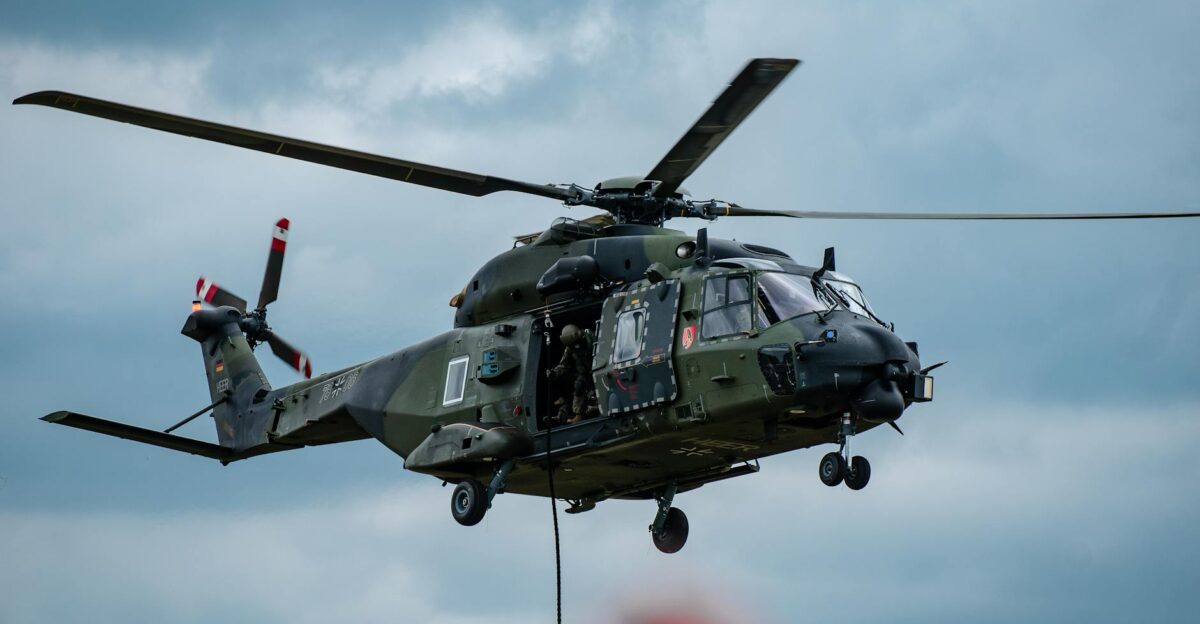
Although the U.S. military did not officially name the assault unit, tactics and timing detailed by the New York Times match the hallmark of Delta Force. Delta Force is no stranger to these kinds of operations and conducted a 2019 operation that killed ISIS leader Abu Bakr al-Baghdadi.
While the military doesn’t officially name which units conduct these secret missions, the tactics and equipment match Delta Force’s typical helicopter-borne night operations.
ISIS Remains Active
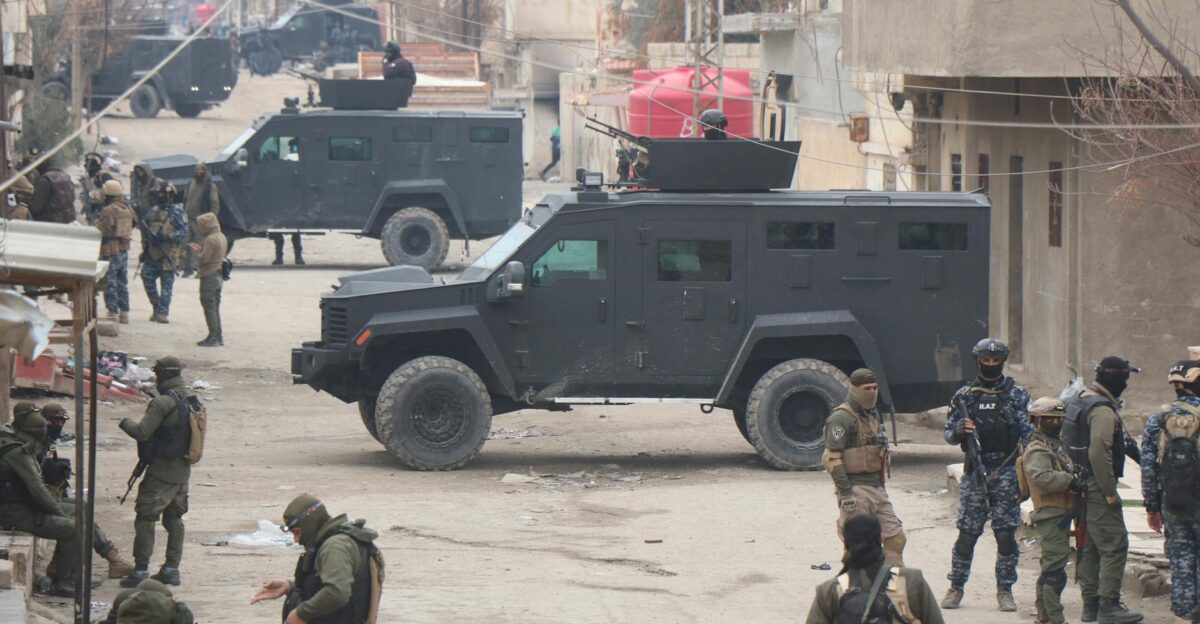
While ISIS has lost some territory, it remains dangerous. The group escalated attacks, with significant troop presence in Syria and Iraq in early 2024 according to CENTCOM.
About 2,500 ISIS fighters are still hiding in Syria’s deserts and rural areas. This explains why America continues hunting down ISIS leaders despite reducing overall troop presence in the region.
Three Killed

The raid that took place on July 25 killed ISIS leader Dhiya’ Zawba Muslih al-Hardani and his two adult sons, all high-ranking ISIS commanders, as reported by CENTCOM.
Defense sources say Delta Force soldiers stormed the building and killed the three men when they refused to surrender. The deaths disrupted ISIS plans to attack U.S. forces and Syria’s new government. The building had three women and three children who were safely evacuated without harm.
Aleppo Shockwaves

Nearby residents heard the helicopters and gunfire, but the fighting ended within 30 minutes. The Syrian Observatory for Human Rights reported that coalition helicopters imposed a tight security cordon around the target area.
Unlike previous wars in the region, no innocent civilians were hurt during the precision operation. The Syrian Observatory for Human Rights confirmed that no civilians were harmed, but some residents now fear ISIS might retaliate following the high-profile strike.
Voices on the Ground

Gen. Michael E. Kurilla declared, “We will continue to relentlessly pursue ISIS terrorists wherever they operate,” according to CENTCOM’s official statement after the strike. The raid occurred in al-Bab’s residential areas, where U.S. forces conducted the operation with precision to avoid civilian casualties.
The Syrian Observatory for Human Rights confirmed the operation ended quickly, with coalition helicopters maintaining a security perimeter during the 30-minute mission that successfully eliminated the ISIS targets without harming non-combatants present at the site.
Coalition Campaign
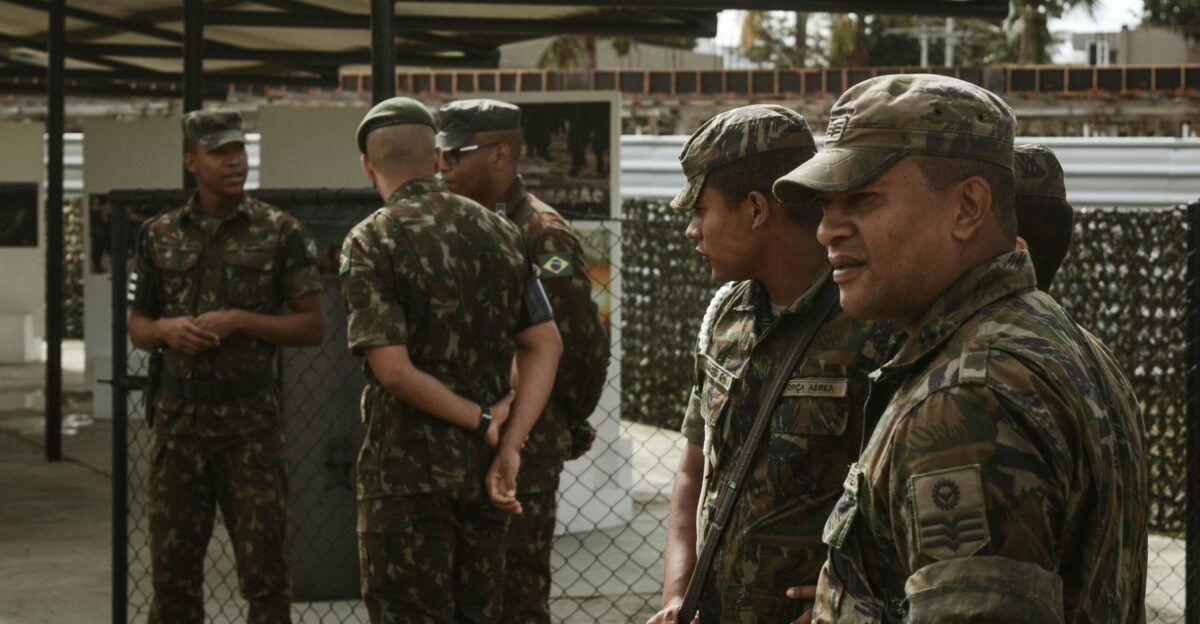
The raid was just the last operation that is part of a larger U.S. effort against ISIS leadership. CENTCOM’s biannual report showed that last year, the U.S. and allied forces killed eight senior ISIS leaders and captured 32 others through 196 operations across Syria and Iraq.
However, military leaders say progress is fragile because thousands of ISIS prisoners and their families remain in detention camps, creating long-term security challenges that require continued international attention and resources.
Prison Problem
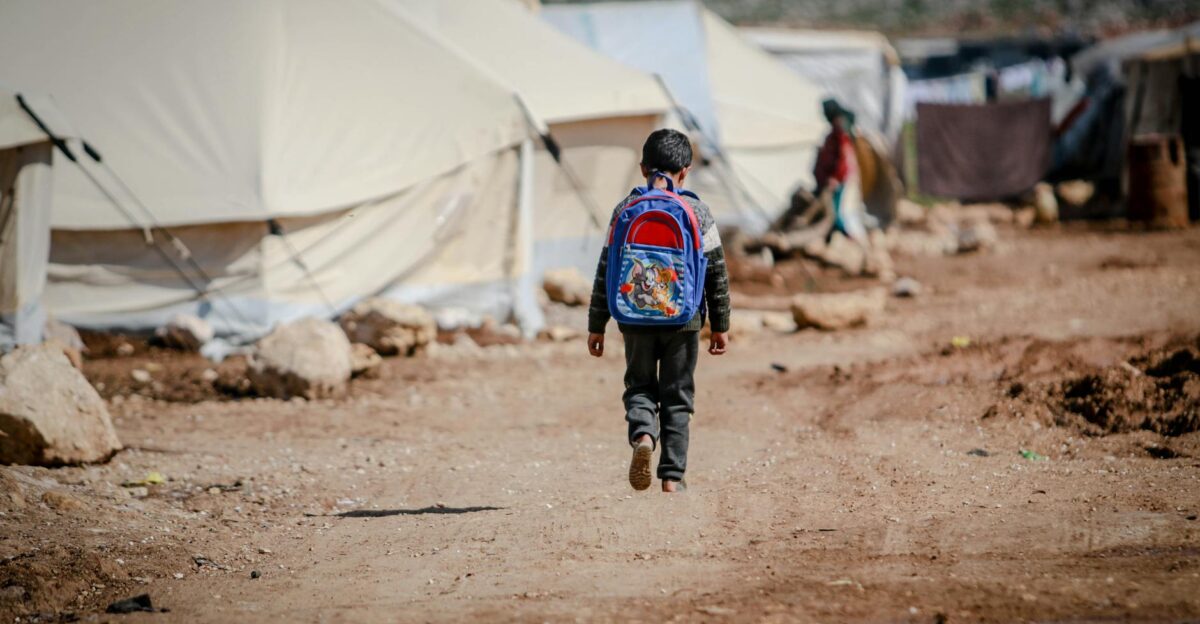
The Soufan Center estimates about 8,500 suspected ISIS fighters are locked up in Syrian prisons, while 38,000 of their family members live in refugee camps. Guarding these facilities requires thousands of local Kurdish fighters who could be deployed elsewhere.
Security experts worry that if these prisoners escape—like some did during the 2022 al-Hasakah prison siege—ISIS could quickly rebuild its fighting force and operational capacity.
Future Concerns
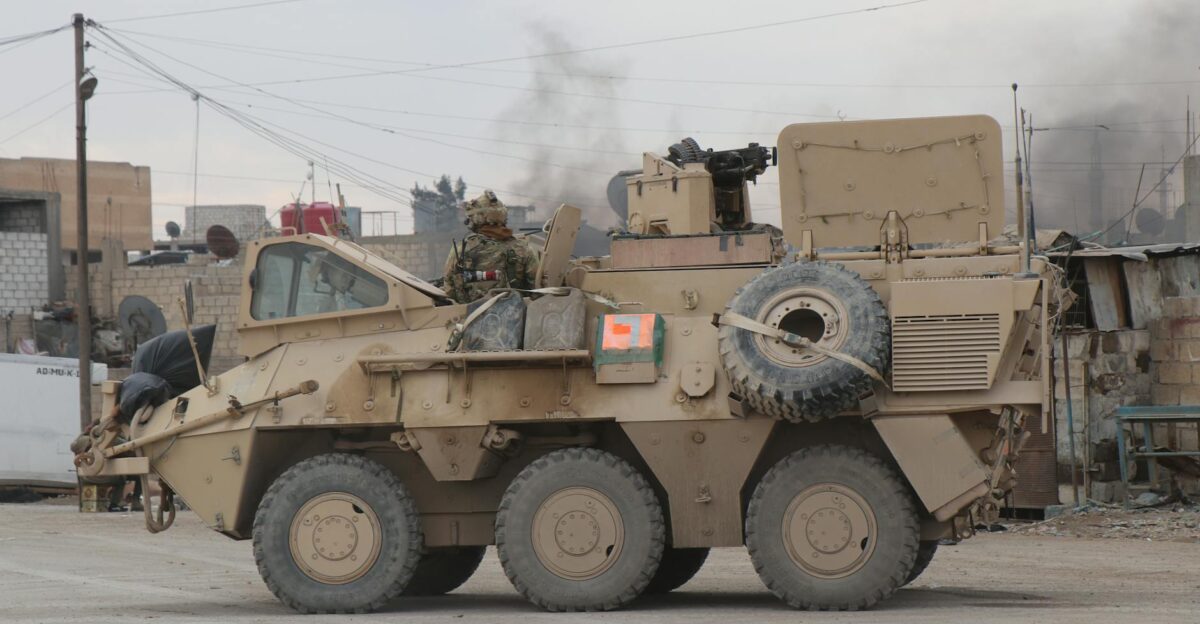
While the raid was successful, Analysts from the Institute for the Study of War worry about the bigger picture after Assad’s fall. Syria remains unstable, and America is reducing its military presence just as ISIS shows signs of resurgence.
The al-Bab operation proves U.S. reach, but long-term success requires more than special operations.
Partner Frustration
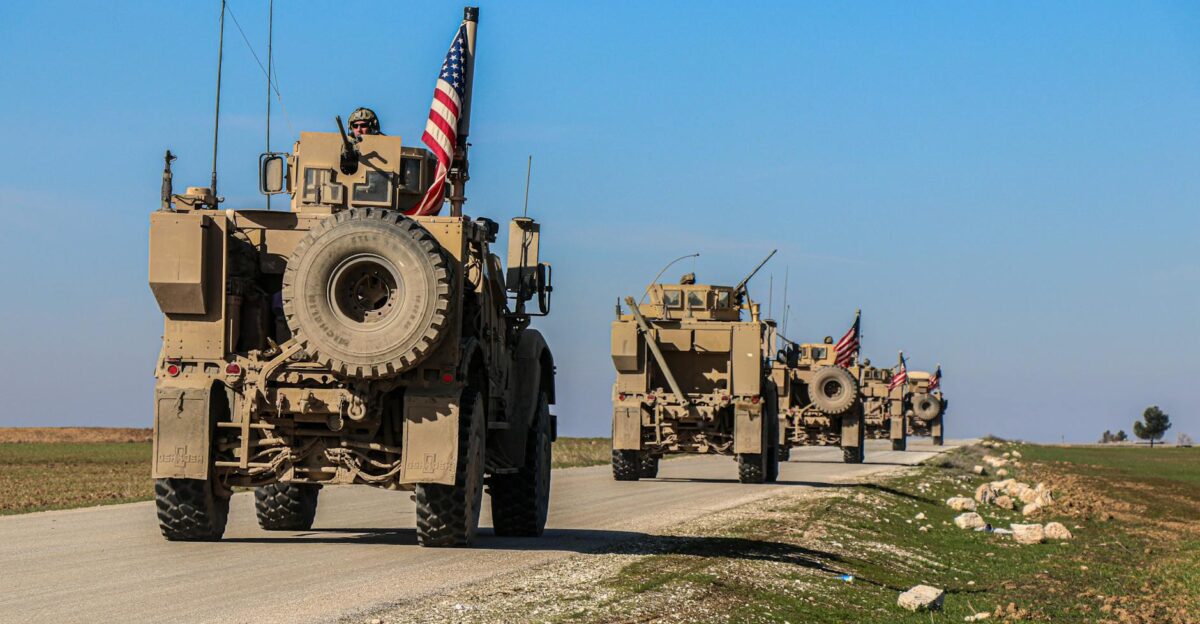
Kurdish forces that guard ISIS prisons express growing concern about American troop reductions. Kurdish SDF commander Mazloum Abdi told Reuters that “the presence of a few hundred [U.S.] troops at a single base would be insufficient” to contain ISIS threats.
Kurdish leaders fear they’ll be left alone to handle thousands of dangerous prisoners while also defending against Turkish attacks and managing civilian populations in northeastern Syria.
Leadership Changes
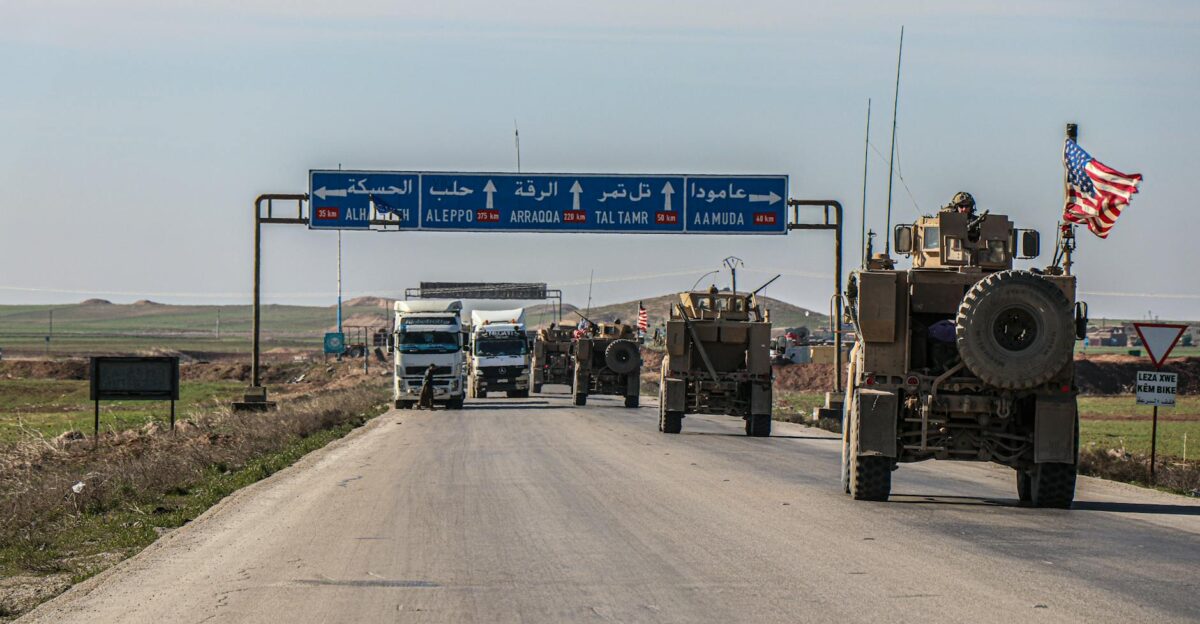
The Trump administration has lifted sanctions on Syria and removed the terrorist designation from Hayat Tahrir al-Sham, the group now governing Damascus.
As reported by ABC News, Sharaa told Syrians in a national address, ”Together we can open a new chapter in the history of our beloved land.” However, the new Syrian government lacks sufficient forces to patrol the vast desert regions where ISIS operates, creating security gaps that could enable terrorist regrouping.
Strategic Adaptation

According to Military Times, the Pentagon is consolidating its presence from eight Syrian bases down to possibly just one in the northeast, citing recent successes against ISIS.
Yet commanders stress the importance of maintaining intelligence, aviation, and logistics support that only American forces can provide. The new strategy relies heavily on partner forces taking greater responsibility for counterterrorism operations.
Expert Skepticism
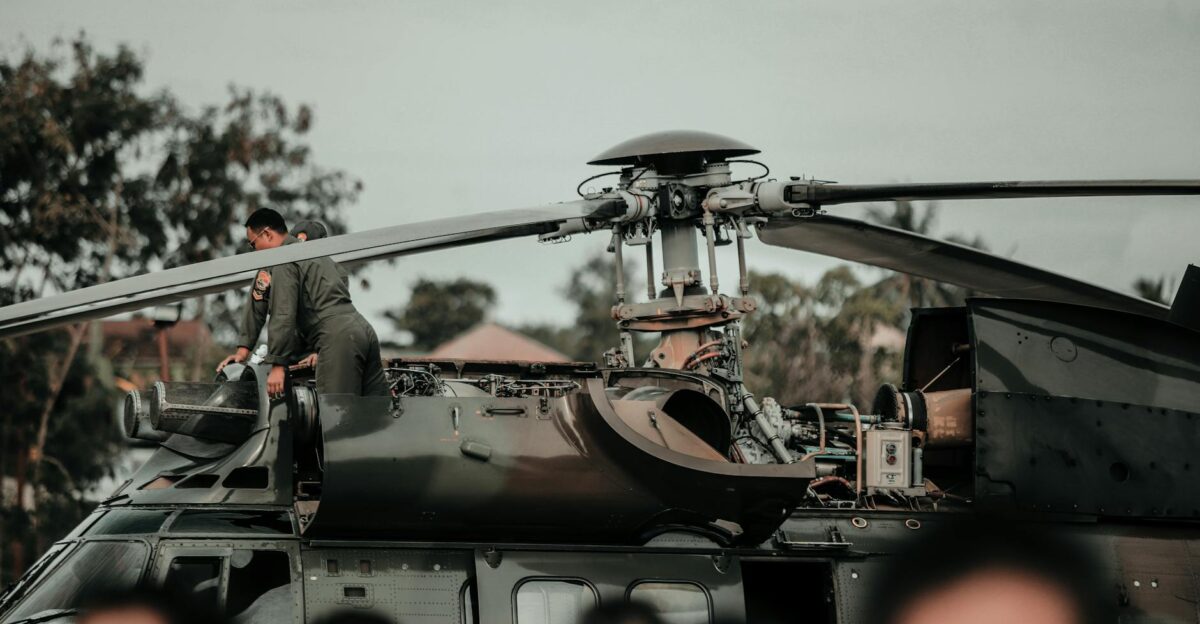
Defense analysts at the Washington Institute for Near East Policy question whether reducing the U.S. presence too quickly could help ISIS reconstitute itself. The Washington Institute warns that consolidating to a single base may jeopardize policy goals in Syria and beyond.
Former coalition officials emphasize that while partner forces have made “extraordinary progress,” critical capability gaps remain in high-tech areas like drone operations, intelligence gathering, and rapid air support.
Looking Ahead

As ISIS attacks tripled in Syria during 2024, reaching approximately 700 incidents, the success of raids like al-Bab raises fundamental questions about sustainable counterterrorism strategy.
Can America maintain effective pressure on ISIS while reducing its military footprint? The answer may determine whether Syria becomes a launching pad for future terrorist attacks or a model for local forces successfully containing extremist threats with minimal foreign assistance.






